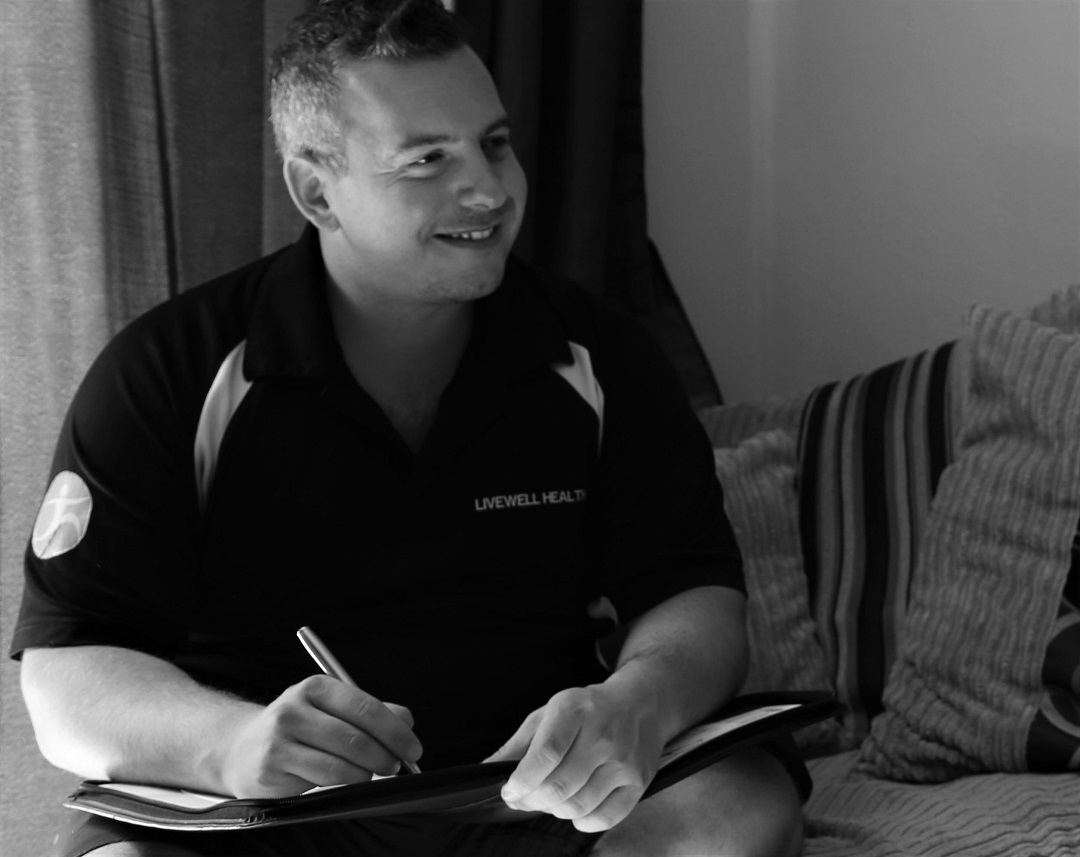Scapula winging is a condition that affects the shoulder blades, the shoulder blade bones should usually lay flat against the back of the body. Scapula winging occurs when a person suffers with shoulder problems, causing the shoulder blades to stick out abnormally. The condition of scapula winging is quite rare but some individuals may suffer really bad from the condition and need effective treatment.
The main muscle involved in the cause of scapula winging is the serratus anterior. This muscle originates from the ribs 1-8 and attaches to the anterior surface of the scapula, which pulls the muscle against the ribcage. The long thoracic nerve is stimulated by the serratus anterior, when or if this nerve becomes injured the scapula will be affected as it jolts back adding more force onto the arm. Injuries to the shoulder may affect this nerve causing inflammation and added pressure onto the nerve, consequently triggering the onset of scapula winging.
Anatomy
The scapula more commonly known as the shoulder blade articulates with the humerus at the glenohumeral joint. The scapula has three surfaces: the costal, lateral and posterior.
Costal Surface
The anterior surface of the scapula faces the ribcage. This is where the subscapularis originates (one of the rotator cuff muscles). The coracoid process also originates here which lies underneath the clavicle allowing the pectoralis minor, coracobrachialis and bicep brachii to attach at this region.
Lateral Surface
The lateral surface faces the humerus bone. This is where the glenohumeral joint is situated, the main bones around this area are the glenoid fossa, supraglenoid tubercle and infraglenoid tubercle.
Posterior Surface
The posterior surface of the scapula is the site of the majority of the rotator cuff muscles. These include the Infraspinous fossa and the Supraspinous fossa.
All 3 surfaces of the scapula are important to know to locate the site of pain/ discomfort and understand what is causing the winging.
Symptoms
Scapula winging symptoms may differ as it depends where the location of the muscle or nerve damage is situated. Scapula winging is commonly presented by the shoulder blade sticking out from the back uncharacteristically. This may affect a person from even doing everyday things such as sitting down on a chair that has a hard back or even carrying bags that have straps.
Common symptoms of scapula winging are shown as:
- Shoulder blades sticking out
- Pain into the neck, shoulders and arms
- Weakened muscles surrounding the shoulder blade
- Tiredness and exhaustion when performing simple tasks
- Pain and discomfort around the area
- Inability to lift arms over the head
- Sagging of the scapula
Causes
Scapula winging Is triggered by an individual sustaining a severe injury to any muscles that control the scapula. The serratus anterior is one of the main muscles that enables a person to lift the arm above shoulder level, therefore when this is injured it can cause many problems within the shoulder region.
The main causes of scapula winging are:
-
- Nerve damage to the long thoracic nerve
- Serratus anterior weakness
- Weakness in the rotator cuff muscles (supraspinatus, infraspinatus, teres minor and subscapularis)
- Compression on the dorsal scapula nerve (controls the Rhomboid muscles)
- Weakness in the trapezius
Diagnosis
Firstly, for the diagnosis of scapula winging your doctor will look at the shoulder blades for any clear obvious signs of winging. Some patient’s scapula bone may be more visible than others and have distinct scapula winging. The doctor may also ask you to perform arm/ shoulder movements to examine the range of movement and stability at the joint.
One of the main tests that are used to aid in the diagnosis of scapula winging is the serratus anterior test. This is where the patient is asked to face a wall, standing about two feet from the wall and then push against the wall with flat palms at waist level. This test is carried out to identify if any damage is done to the thoracic nerve causing the scapula to wing.
Treatment
Treatment for winging scapula is dependent on which muscles or nerve is causing the issue. There are two types of treatment surgical and non-surgical.
Non-surgical treatment (Scapula Winging)
- Physical therapy/ Rehabilitation
- Stretching exercises
- Strengthening exercises given by a physiotherapist
- Wearing a brace/ sling to support the arm and shoulder
- Sports massage therapy
- Muscle relaxants/ anti-inflammatory drugs
Surgical treatment (Scapula Winging)
One surgical treatment for scapula winging is nerve and muscle transfers. This is a process which involves moving a part of the nerve and muscle to a different portion of the body, this mainly focuses on the neck, shoulder, back and chest areas.
Static stabilization is another form of treatment used to prevent scapula winging, however there is a risk with this treatment that it may return. This procedure uses a sling to attach the scapula to the ribs to add extra stability to the shoulder blade.
Exercises
When performing these exercises aim to do 3 rounds of 15 sets for each exercise. Make sure they are slow and controlled so that it is solely focusing on strengthening the weakened muscles:
- Scapula retraction
- External Rotation
- Horizontal Row
- Standard press ups
- Press up on knees (easier version)
- Angel wings exercise
Prevention
Prevention for scapula winging may not always be possible, however there are procedures you can complete to reduce the risk:
- Perform exercises to help with posture
- Try and maintain correct posture positioning
- Don’t carry anything to heavy on the shoulders and back
- Do not lift heavy weights at the gym that could cause more damage to the shoulder
- Strengthen the muscles in the neck and shoulders
- Perform rehabilitation exercises given by a physiotherapist or doctor
- Avoid constant repetitive shoulder/ arm movements
- Rest when needed
If you want to discuss this concern with our specialists then please contact us or make a booking.


